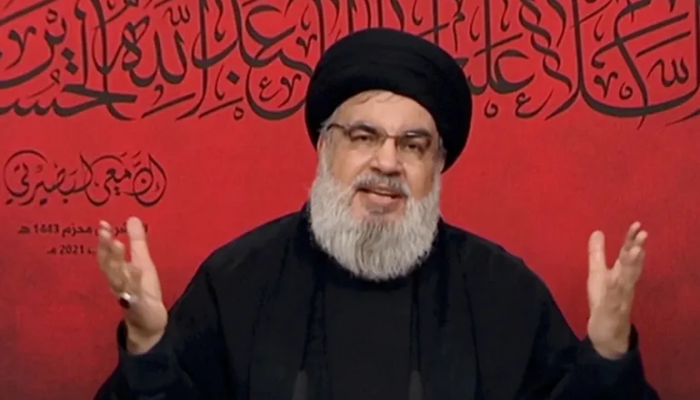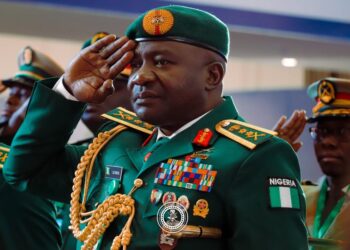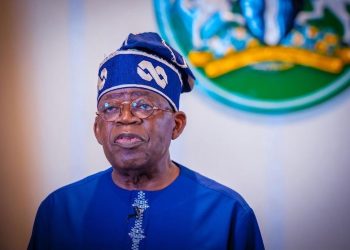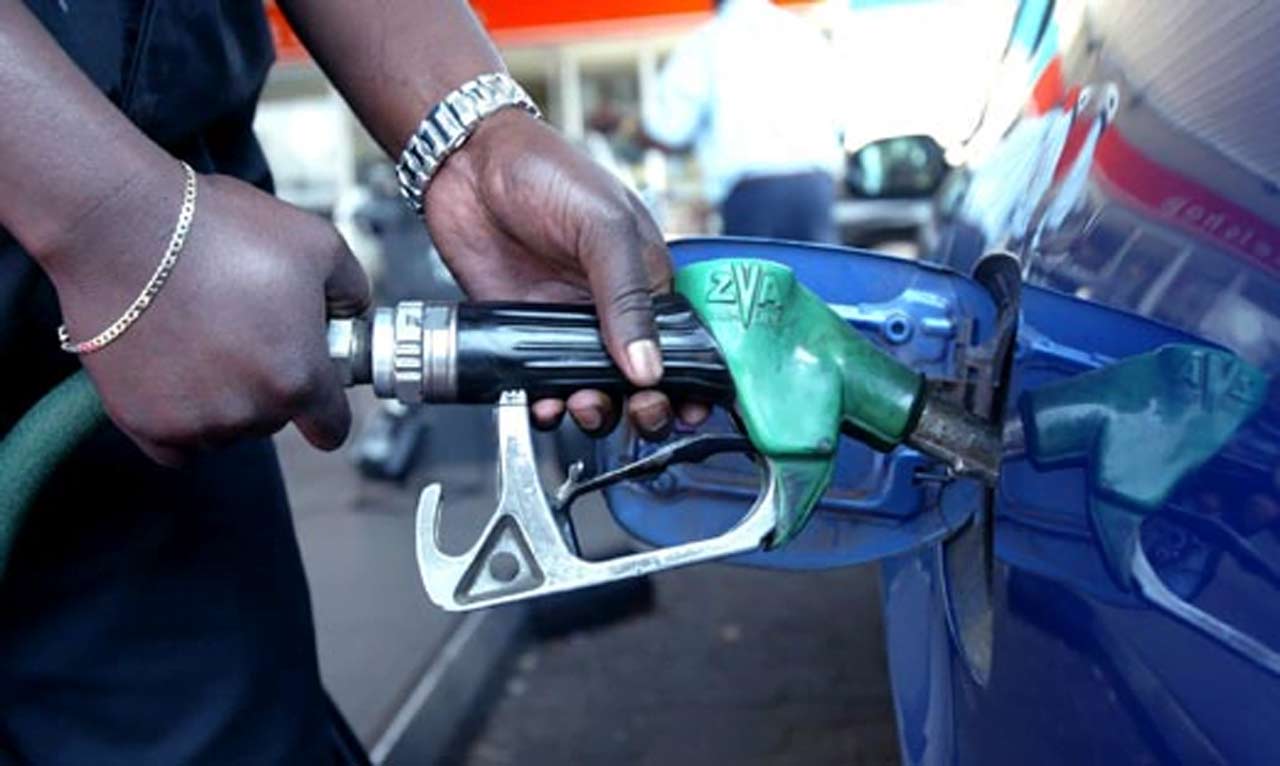One year has passed since Israel’s bunker-busting strike killed Hassan Nasrallah, the man who shaped Hezbollah into a regional force. Yet the shadow of that night in September 2024 still looms large. The group that once dictated Lebanon’s politics and projected Iranian power across the Middle East is now weaker, bruised, and struggling to recover its lost grip. One year on, Israel’s strike on Nasrallah still haunts Hezbollah, not just militarily but also politically and emotionally.
The End of an Era
Nasrallah was not just another leader. For more than three decades, he was the voice and the face of Hezbollah. His fiery speeches defined the group’s defiance against Israel, and his survival through countless wars made him a symbol of resilience to many Arabs.

His successor, Hashem Safieddine, didn’t last long either. Within weeks, he too was killed. The leadership vacuum cracked open Hezbollah’s aura of invincibility. By December, even Bashar al-Assad, the group’s long-time ally in Syria, had been toppled. Suddenly, Hezbollah’s carefully built regional network looked fragile.
Hezbollah’s Shattered Image
For years, Hezbollah enjoyed the reputation of being Lebanon’s strongest actor, stronger than the army, more respected than many politicians. That image is now in tatters. The war that followed Nasrallah’s death devastated Lebanese cities, killed thousands, and left the group overstretched. Even its supporters, once fiercely loyal, now feel the heavy cost.
The haunting part is not just the lives lost or the destruction left behind. It is the realisation that Hezbollah may never return to its peak power. Israel’s strike didn’t just eliminate a leader; it exposed vulnerabilities the group had spent decades hiding.
The Commemoration and the Anger
This week, Hezbollah is marking the one-year anniversary with rallies and tributes. Crowds are gathering at Nasrallah’s grave, and Secretary-General Naim Qassem will deliver a speech meant to remind followers that the struggle continues. Yet, the mood is not entirely victorious.
Tensions are already high. The decision to project Nasrallah’s face onto Beirut’s iconic coastal rocks defied government orders and reignited anger among opponents who accuse Hezbollah of holding the country hostage. What was meant as a tribute turned into another symbol of the group’s stubborn defiance and its refusal to compromise.
Israel’s Message Was Clear
The Israeli strike that killed Nasrallah was not just about one man. It was a message: no leader, however powerful, is beyond reach. By removing both Nasrallah and his heir, Israel shifted the balance in a way bombs alone rarely do. The psychological impact has lingered far longer than the rubble.
Even with a truce in place, Israeli strikes in Lebanon have not stopped. Each fresh attack reminds Hezbollah that the threat is constant, and that its enemies can strike when and where they choose. For an organisation built on the promise of strength and deterrence, this reality is devastating.
A Future in Doubt
One year on, Israel’s strike has left more than physical scars. It has shaken Hezbollah’s identity, its myth of resistance, and its claim to being Lebanon’s ultimate shield.
What remains is a weakened force trying to look unbroken, haunted by a strike that changed everything. And as crowds gather to chant Nasrallah’s name, the silence beneath the noise is telling: the man is gone, and Hezbollah has not yet figured out how to move forward.

















